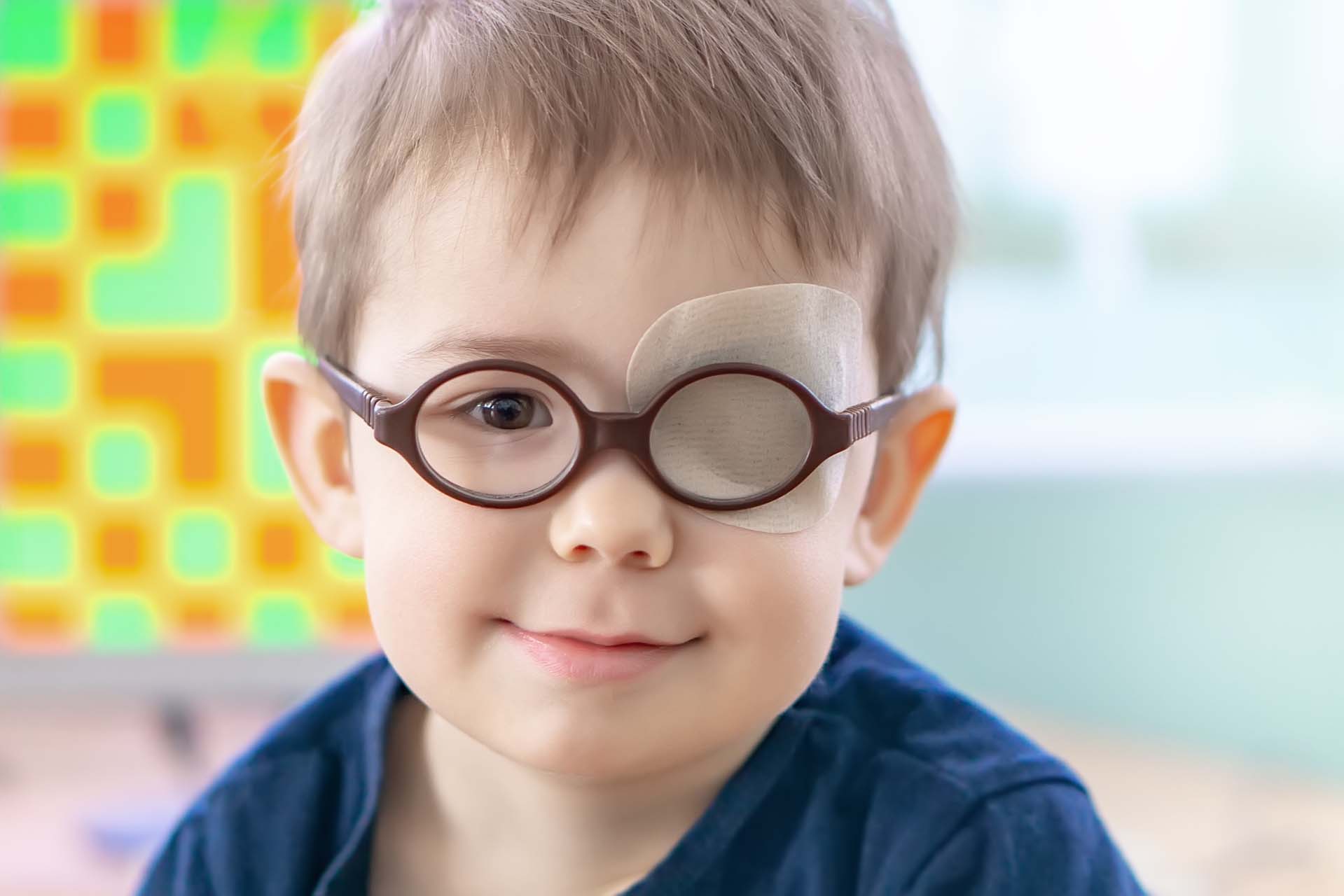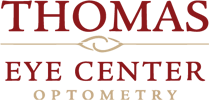
Exploring the world with their eyes
Babies from birth begin exploring the world with their eyes. Their eyes are providing information and stimulation important for their development. Healthy eyes and good vision play a critical role in how infants and children learn to see. Vision problems in infants can cause developmental delays. It is important to detect any problems early to ensure babies have the opportunity to develop the visual abilities they need to grow and learn.
Infant Vision Development
Birth to 4 months
At birth, babies can’t see as well as older children or adults. Their eyes and visual system aren’t fully developed. But significant improvement occurs during the first few months of life. Their primary focus is on objects 8 to 10 inches from their face.
By 8 weeks, babies begin to more easily focus their eyes on the faces of a parent or other person near them. It is normal for the first 2 months of life, an infant’s eyes are not well coordinated and may appear to wander or even cross. If the eye turns in or out constantly, then an evaluation by an eye doctor needs to be completed. By 3 months of age, babies should begin to track moving objects with their eyes and reach for objects.
5 to 8 months
During these months, control of eye movements and eye-body coordination skills continue to improve. At 5 months, the eyes are able to work together to form a 3-D view of the world and begin to have depth perception. Color vision also develops by 5 months.
9 to 12 months
During these months, babies begin to pull themselves up to a standing position, begin to grasp for objects, start crawling, and try to walk. At this age, babies can judge distances well and throw things with precision.
1 – 2 years old
By the age of 2, a child’s eye-hand coordination and depth perception should be well developed. During this age, kids are very interested in exploring their environment by looking and listening around them.
InfantSEE
Thomas Eye Center is associated with the American Optometric Association’s InfantSEE program. This is a one-time service provided to infants between the ages of 6 months to 1 year to detect potential eye and vision problems at no cost regardless of income or ability to pay.
InfantSEE is a public health program to ensure that optometric vision care becomes an integral part of infant wellness care to improve a child’s quality of life. Most children never have an eye exam between birth and elementary school. An InfantSEE eye exam can catch certain vision challenges in their early stages. This allows for correction of the issue before it becomes a more major problem.
The Program’s Mandate
- Identify and treat risk factors that may have adverse effects on eye and vision health.
- Reduce the impact of amblyopia (presently 1 in 30) and other conditions that may lead to impairments and/or loss of sight, or affect a child’s spatial and cognitive development, through early identification.
- Educate parents about the importance of eye care for their children.
- Visual Acuity
- Refractive Status
- Eye Movement
- Eye Alignment/Binocular Potential
- Eye Health
© Thomas Eye Center. Optometry, Family Eye Care, and Designer Eyewear in Athens, GA • Notice of Privacy Policy
